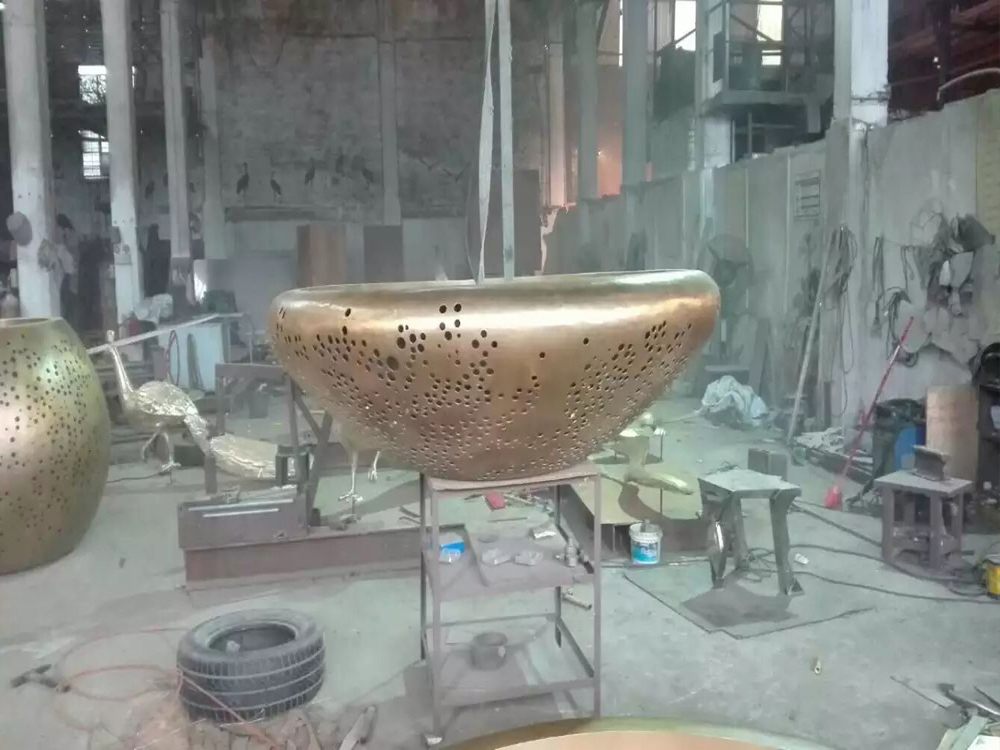
Creating metal sculptures that are both accessible and conceptually rich requires a thoughtful balance of artistic vision and practical execution. Here are the key considerations:
1. Material Selection: Choose metals like steel, bronze, or aluminum that offer durability while allowing expressive forms. Consider weathering and maintenance for outdoor installations.
2. Conceptual Clarity: Ensure the sculpture’s theme resonates with diverse audiences. Abstract designs should invite interpretation, while figurative works must communicate clearly.
3. Accessibility: Design with inclusivity in mind—consider tactile elements for visually impaired viewers or interactive features to engage the public.
4. Scale and Placement: Large-scale works demand structural integrity, while smaller pieces should invite close inspection. Site-specific sculptures must harmonize with their environment.
5. Fabrication Techniques: Master welding, forging, and casting to bring intricate designs to life. Collaboration with skilled fabricators can elevate the final piece.
By merging technical expertise with artistic intent, metal sculptures can captivate audiences while conveying profound ideas.

